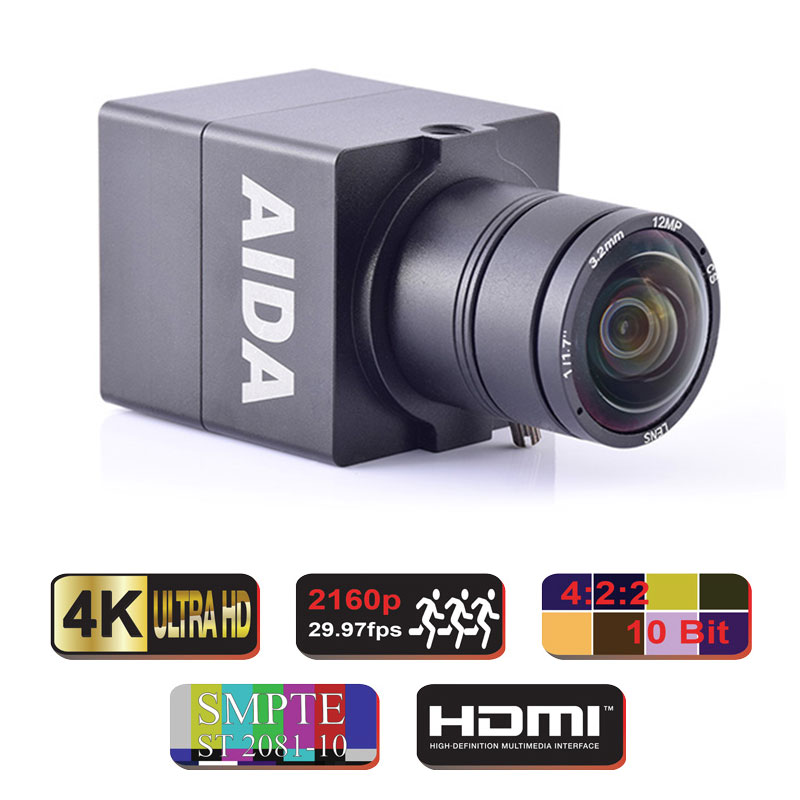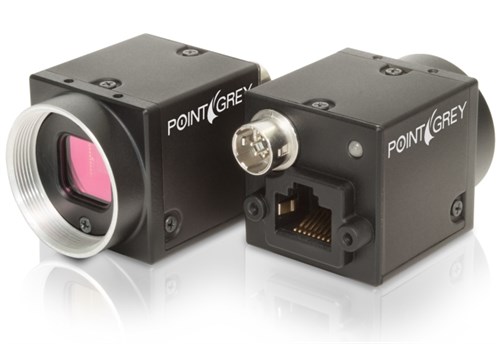
Shot noise has a root-mean-square value proportional to the square root of the image intensity, and the noises at different pixels are independent of one another. This noise is known as photon shot noise. The dominant noise in the brighter parts of an image from an image sensor is typically that caused by statistical quantum fluctuations, that is, variation in the number of photons sensed at a given exposure level. Also, there are many Gaussian denoising algorithms.

At higher exposures, however, image sensor noise is dominated by shot noise, which is not Gaussian and not independent of signal intensity. In color cameras where more amplification is used in the blue color channel than in the green or red channel, there can be more noise in the blue channel. Amplifier noise is a major part of the "read noise" of an image sensor, that is, of the constant noise level in dark areas of the image. Ī typical model of image noise is Gaussian, additive, independent at each pixel, and independent of the signal intensity, caused primarily by Johnson–Nyquist noise (thermal noise), including that which comes from the reset noise of capacitors ("kTC noise"). The sensor has inherent noise due to the level of illumination and its own temperature, and the electronic circuits connected to the sensor inject their own share of electronic circuit noise. Principal sources of Gaussian noise in digital images arise during acquisition. Such a noise level would be unacceptable in a photograph since it would be impossible even to determine the subject. Image noise can range from almost imperceptible specks on a digital photograph taken in good light, to optical and radioastronomical images that are almost entirely noise, from which a small amount of information can be derived by sophisticated processing. By analogy, unwanted electrical fluctuations are also called "noise". The original meaning of "noise" was "unwanted signal" unwanted electrical fluctuations in signals received by AM radios caused audible acoustic noise ("static"). Image noise is an undesirable by-product of image capture that obscures the desired information.

Image noise can also originate in film grain and in the unavoidable shot noise of an ideal photon detector. It can be produced by the image sensor and circuitry of a scanner or digital camera. Image noise is random variation of brightness or color information in images, and is usually an aspect of electronic noise. To minimize this effect, output amplifiers are more often separated by several insulation pixels to insulate locally the amplifier from other active pixels.Noise clearly visible in an image from a digital camera It results in the local heating of the silicon chip. The output amplifier continuously dissipates heat. The dark current can approximate 3.5 electrons/pixel/second at -60☌ and 0.02 electrons/pixel/hour at -120☌. Condensation is a problem and matrices should be placed in a low pressure chamber or a chamber filled with a dry atmosphere.

The radiator is cooled by air (forced or not), or by a circulating liquid (water, liquid nitrogen.).Īs the liquid nitrogen is at a temperature of -200☌, the optimal working temperature is between -60☌ and -120☌ because the charge transfer efficiency (CTE: reliability to transfer the charge for site to site) and the quantum efficiency decrease at inferior temperatures. TEC ( ThermoElectric Cooling) systems, are Peltier systems driven by electric current pumping the heat of the CCD to a radiator. Cooling is particularly important in scientific applications at low light level where high precision on charge level of the wells (greyscale) is required. The dark current density decreases approximately by a factor two for each decrease of 7 to 8☌ f the temperature of the matrix and vice versa. In principle, the dark current density can be made negligible by adequate cooling. The dark current due to the thermal generation of electrons can be solved by cooling the system. The dark current density varies significantly according to the manufacturers and in a range between 0,1nA/cm 2 and 10nA/cm 2 for silicon-based CCDs.


 0 kommentar(er)
0 kommentar(er)
